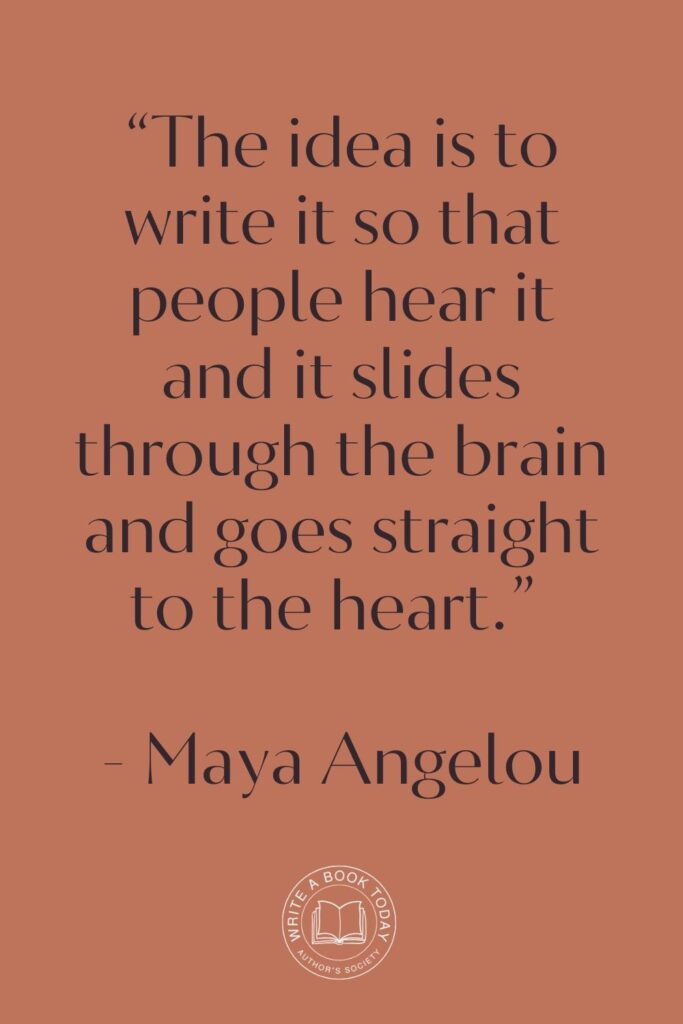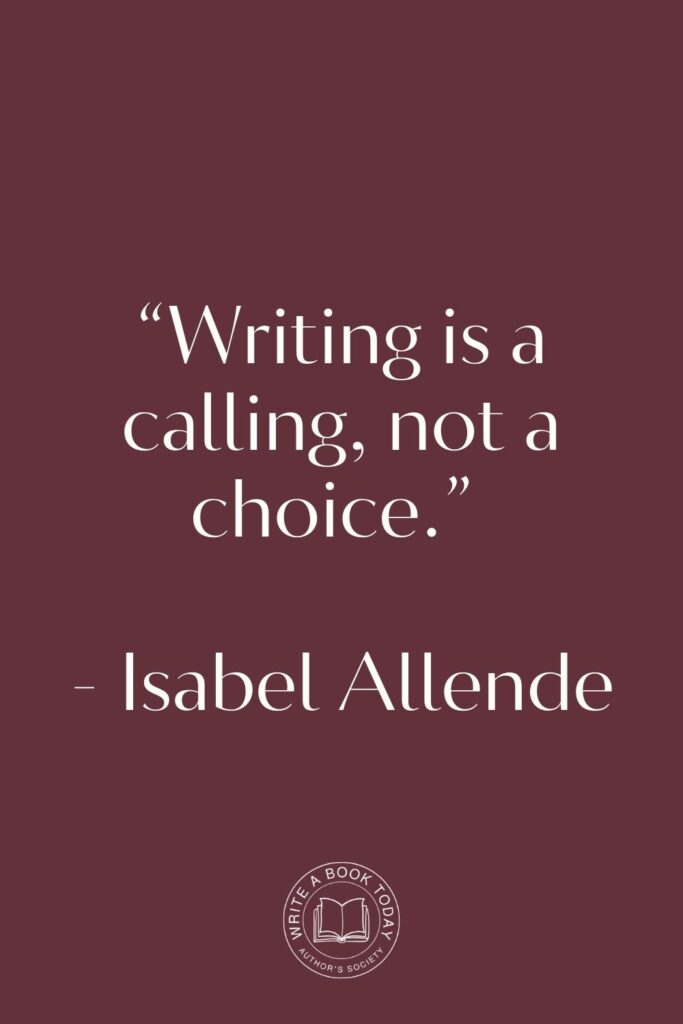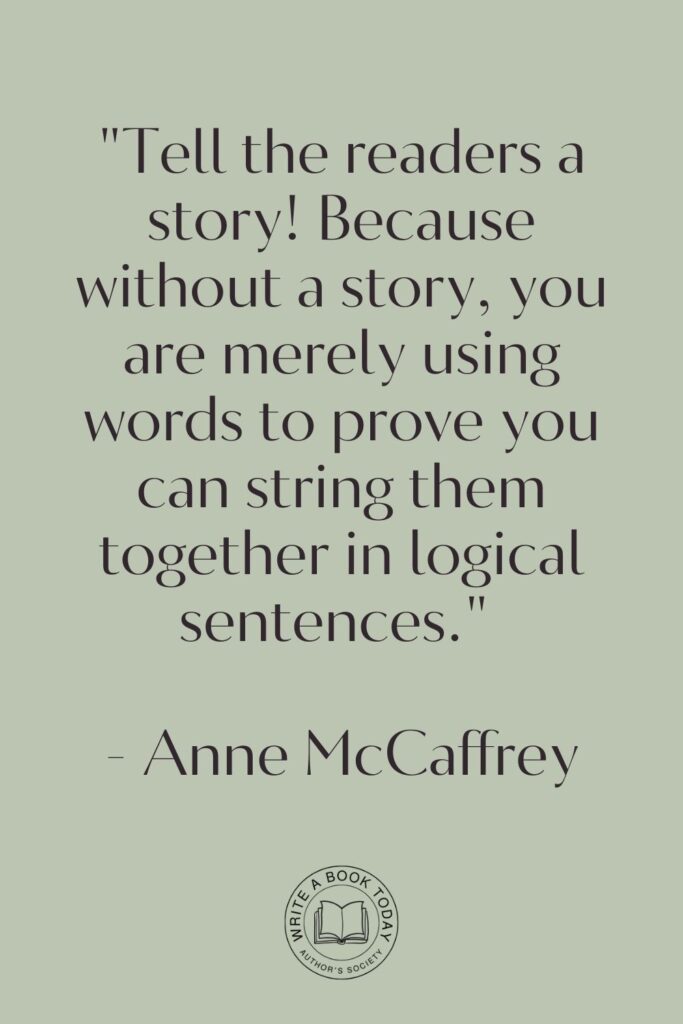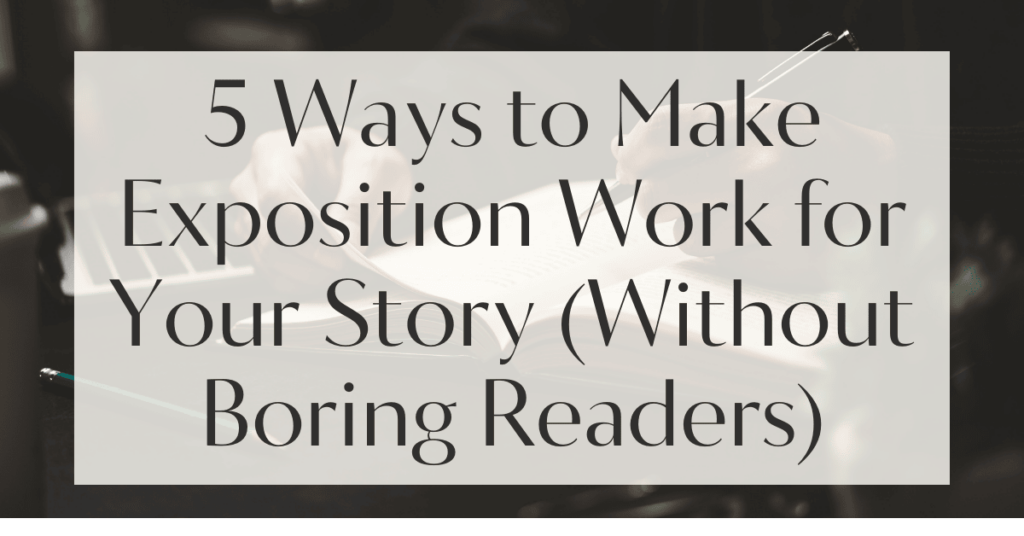Imagine opening a book and instantly being transported into a vivid world where characters leap off the page, and every scene feels alive with possibility.
This is the magic of effective exposition in storytelling.
But how do you weave exposition into your narrative without losing your readers’ interest?
Let’s dive into the art of exposition and uncover five dynamic strategies to captivate your audience.
Understanding Exposition in Storytelling
Exposition is the backbone of any story, laying the groundwork for the journey ahead. It’s like the roots of a tree, unseen but essential for its growth.
Yet, mastering exposition requires finesse, ensuring that it enriches rather than overwhelms your narrative.
What is Exposition?
Exposition in storytelling is the art of conveying background information about the world, characters, and events in your story.
It is akin to setting the stage before the curtain rises.
This crucial element provides the context needed for readers to understand the unfolding drama, much like the prologue of a grand play.
Imagine being introduced to Bilbo Baggins in “The Hobbit” without knowing about his peaceful life in The Hill; the story would lose much of its depth and intrigue.
Google Docs is for notes. Scrivener is for novels. Upgrade your writing game and try it for free today!

The Role of Exposition in Narrative Structure
Exposition plays a pivotal role in narrative structure, acting as the glue that holds the plot together.
It is the storyteller’s tool to introduce settings, character backgrounds, and the story’s historical context.
When done well, exposition serves as the invisible hand guiding readers through the narrative, enriching their understanding without intruding on the story’s flow.
For instance, in “To Kill a Mockingbird,” Harper Lee skillfully uses Scout’s observations to weave the history of Maycomb into the fabric of the tale.
Types of Exposition: Direct vs. Indirect
Exposition can be delivered directly or indirectly.
Direct exposition is straightforward, often provided by a narrator or character, while indirect exposition is woven subtly through dialogue, actions, or environmental cues.
Both types have their place, but the key is balance.
Direct exposition can provide clarity, while indirect exposition invites readers to infer and engage more deeply with the text.
Consider the opening of “Moby Dick,” where Herman Melville uses direct exposition to set the scene, yet leaves room for readers to explore the depths of Ishmael’s world.
The Importance of Exposition in Character Development
Exposition is vital for character development, offering glimpses into their past, motivations, and relationships.
It’s like peeling back layers of an onion, revealing what drives a character’s actions.
A well-crafted exposition can transform a flat character into a multidimensional figure, as seen in F. Scott Fitzgerald’s “The Great Gatsby,” where symbolism and exposition reveal the complexities of Gatsby’s dream.

Strategies for Effective Exposition
Creating effective exposition requires a blend of art and technique.
These strategies will help you integrate exposition seamlessly into your storytelling, keeping readers engaged and immersed.
1. Show, Don’t Tell: The Art of Subtlety
One of the golden rules of storytelling is “show, don’t tell.” Instead of spoon-feeding information, let readers discover it through actions and interactions.
Use sensory details to paint a vivid picture and let the environment speak volumes.
For instance, rather than stating a character is anxious, show them fidgeting or avoiding eye contact.
Engage readers by using metaphors and similes to create vivid imagery.
Comparing a bustling marketplace to a beehive not only conveys the scene’s chaos but also stimulates the reader’s imagination, making the exposition more engaging and memorable.
2. Weaving Exposition into Dialogue
Dialogue is a powerful tool for exposition. It allows characters to reveal backstory and context naturally, without disrupting the narrative flow.
Through conversations, readers can learn about past events, relationships, and world-building elements.
Think of how J.K. Rowling uses dialogue in “Harry Potter” to unveil the wizarding world’s intricacies.
Incorporate subtext in dialogue to add layers to your exposition.
Characters can hint at hidden truths or unresolved conflicts, creating intrigue and encouraging readers to read between the lines.
This approach keeps the dialogue dynamic and the exposition subtle.
3. Using Action to Reveal Backstory
Action sequences can be a dynamic way to deliver exposition.
By showing characters in motion, you can subtly introduce elements of their history and personality.
For example, a character’s reaction to a stressful situation can reveal past traumas or skills without needing explicit explanation.
No marketing platform? No social following? No problem!
Publisher Rocket helps you market your debut novel like a pro.
It’s a gamechanger for debut authors – try it today!


4. Engaging Readers Through Sensory Details
Sensory details are the spice of storytelling, bringing scenes to life and drawing readers into the narrative.
Use sight, sound, smell, touch, and taste to create a rich tapestry of experiences.
This technique not only enhances the atmosphere but also provides context without overt exposition.
5. The Power of Flashbacks and Memories
Flashbacks and memories can be effective tools for exposition when used judiciously.
They offer a window into a character’s past, providing essential context for their present actions.
However, it’s crucial to integrate them smoothly into the narrative to maintain the story’s momentum.

Common Pitfalls in Exposition Writing
Avoiding common pitfalls in exposition writing is crucial to maintaining reader engagement.
Let’s explore how to keep your exposition concise and impactful.
Avoiding Info Dumps: Keeping it Concise
Info dumps are the bane of storytelling, overwhelming readers with excessive information.
To avoid this, break down exposition into digestible chunks, spreading it throughout the narrative.
This approach keeps the story flowing and allows readers to absorb information naturally.
The Danger of Over-Explaining
Over-explaining can stifle reader engagement, leaving little room for imagination.
Trust your readers to connect the dots and infer details. Provide just enough information to guide them, but allow their curiosity to fill in the gaps.
Feeling lost with your debut novel?
Fiverr Pro connects you with expert editors, designers, and marketers – everything you need to get your book ready for success!

Balancing Exposition with Narrative Flow
Striking the right balance between exposition and narrative flow is essential. Ensure that exposition enhances rather than hinders the story’s pace.
Integrate background information seamlessly, using transitions and context to maintain the narrative’s momentum.
| Exposition Strategy | Purpose | Example |
|---|---|---|
| Show, Don’t Tell | Engage readers with vivid imagery | Describing a bustling market as a “swirling sea of colors and sounds” |
| Dialogue | Reveal backstory naturally | Characters discussing past events during a casual conversation |
| Action | Introduce character traits | A character deftly navigating a crowded street, hinting at agility and experience |
| Sensory Details | Create immersive scenes | The aroma of fresh bread wafting through a village square |
| Flashbacks | Provide historical context | A memory triggered by a familiar song, transporting a character to their childhood |

Examples of Exposition Done Right
Learning from masters of storytelling can inspire and guide your own writing journey.
Let’s examine examples of successful exposition in literature.
Analyzing Successful Exposition in Literature
Great authors have mastered the art of exposition, seamlessly integrating it into their narratives.
Consider how J.R.R. Tolkien introduces Middle-Earth in “The Lord of the Rings,” using both direct and indirect exposition to create a rich, immersive world.
His use of songs, legends, and character interactions adds depth without overwhelming readers.
Case Studies: Effective Use of Exposition
In “The Great Gatsby,” F. Scott Fitzgerald uses symbolism and subtle exposition to convey themes of desire and disillusionment.
The green light at the end of Daisy’s dock becomes a symbol of Gatsby’s unreachable dream, a powerful example of how exposition can enhance a narrative’s emotional impact.
Conclusion: Embracing Exposition as a Tool for Engagement
Exposition is not merely a storytelling device; it’s a powerful tool that can elevate your narrative to new heights.
By embracing strategies for effective exposition, you can craft stories that resonate with readers, drawing them into worlds rich with detail and emotion.
Remember, the key is balance—providing enough context to engage without overwhelming.
As you hone your craft, let exposition be the bridge that connects your readers to the heart of your story.








